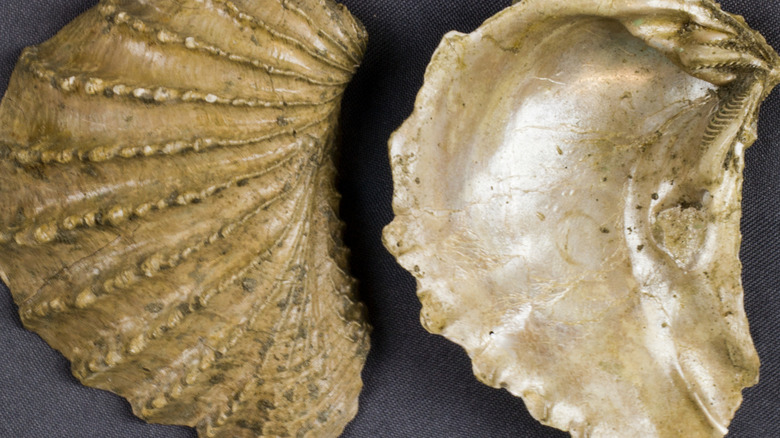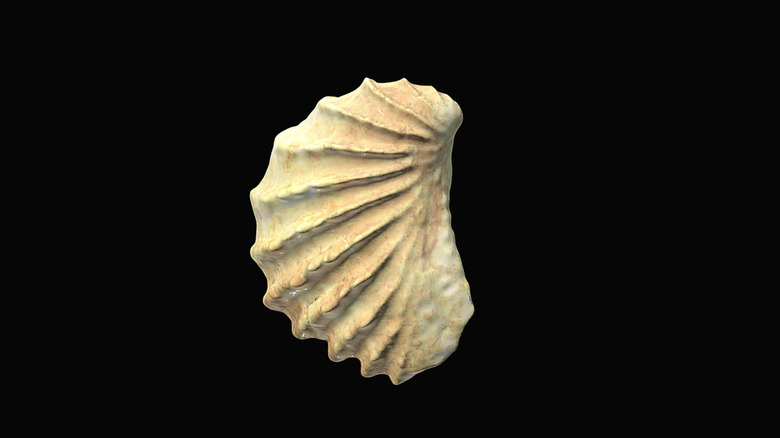The Tiny Marine Creature That Became Tennessee's State Fossil
If you asked someone to make a list of their favorite animals or rank the ones that spark the most excitement in their minds, chances are that clams wouldn't be at the top of most people's lists. That's a shame; the docile creatures have a long, fascinating history on our planet that stretches back hundreds of millions of years, and their traces in the fossil record have been crucial to our understanding of evolution.
That historical significance is partly why Tennessee decided to make Pterotrigonia thoracica — often referred to as Ptero, for short — its official state fossil (yes, those are a thing). This ancient bivalve (mollusks featuring a two-part hinged shell) lived around 70 million years ago during the Late Cretaceous period when much of what is now Tennessee was submerged under a warm, shallow sea.
In 1998, the state legislature officially recognized Pterotrigonia as Tennessee's state fossil, honoring its role in uncovering the region's ancient past and showcasing its rich geological and ecological history. Pterotrigonia wasn't just any clam; it was part of a family of mollusks known for their ribbed shells, something that made them stand out both during their time on the planet and in the fossil record today.
The ancient clam that helped shape Tennessee's history
The landscape of Tennessee during the Cretaceous period was unrecognizable to the state's modern geography of mountains and flat plains. Marine life — including mollusks, ammonites, and even some marine reptiles – thrived in the warm climate of this period, when the western part of the state was submerged under a shallow sea that was an extension of today's Gulf of Mexico. That the gulf was home to a thriving ecosystem of unique animals even 70 million years ago is unsurprising — check out our list of spectacular sea species found in the Gulf of Mexico today.
Pterotrigonia thoracica was a burrowing suspension feeder (animals that get their nutrition from particles floating in the water) whose robust ribbed shell makes it easily recognized in the fossil record. Now extinct, its only living relative, Neotrigonia, can be found in the ocean waters off the coast of Australia, not far from where scientists recently discovered a fossilized spider species that's pure nightmare fuel. In fact, it's thought that the extinction event that doomed the dinosaurs also played a role in ending Pterotrigonia as a species.
Tennessee's Pterotrigonia fossils are found mainly in the state's Coon Creek Formation, a 73 million-year-old, 240-acre seafloor deposit containing nearly 700 preserved species located some 90 miles east of modern-day Memphis. So important is the species to the state's geological identity that, when the Tennessee legislature drafted the bill to designate its official status as the state fossil, it said, "[Ptero thoracica] epitomizes the many species of extinct organisms whose fossil remains are so abundantly preserved in the rocks throughout Tennessee."
Interested in extinction events? Here's how science plans to bring back the Tasmanian tiger from extinction.

